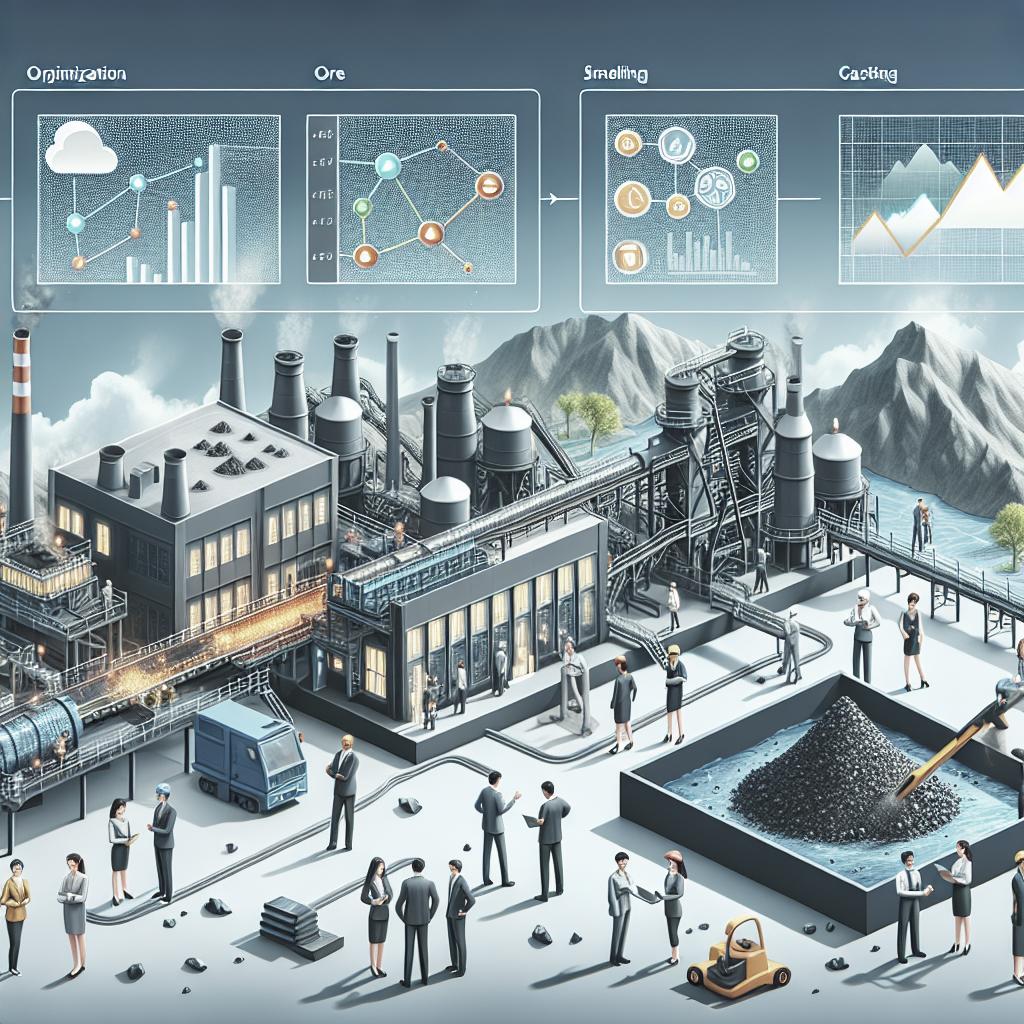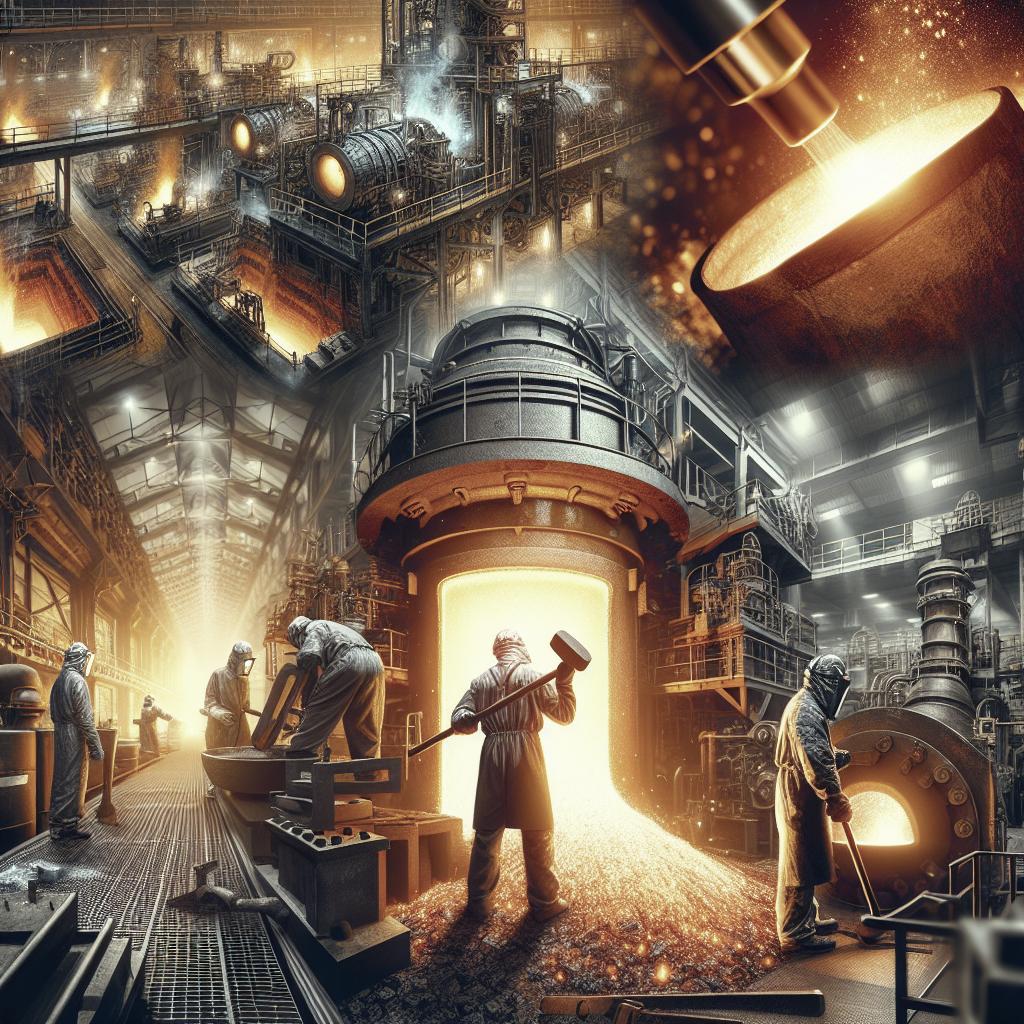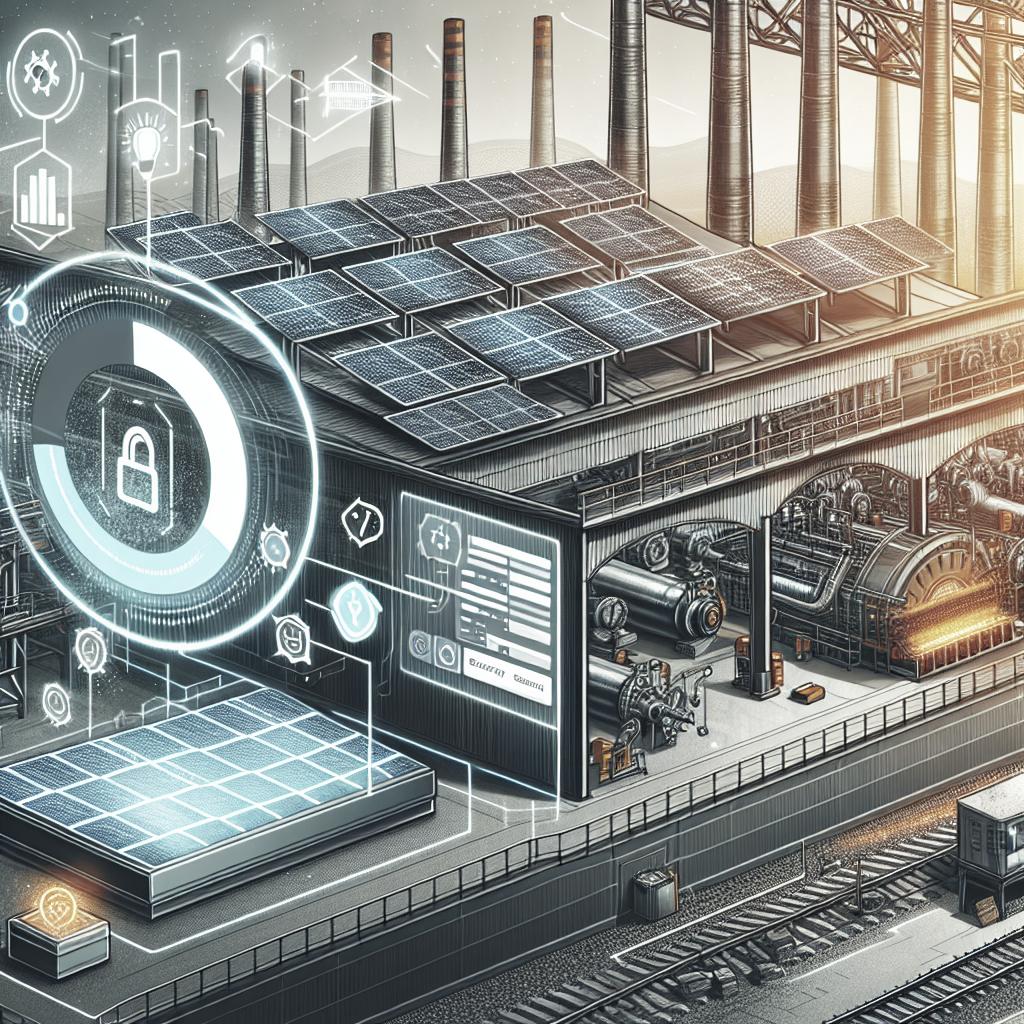<>
Producing ferrous metals like iron, steel, and their alloys is fundamental to modern industry, yet optimizing their production remains a continuous challenge. This article delves into the intricacies of producing ferrous metals, exploring the various types, their advantages, and disadvantages. We’ll revisit traditional methods such as the blast furnace and modern techniques like Electric Arc Furnace (EAF) and Direct Reduced Iron (DRI). We’ll compare different ferrous metals in terms of their properties and uses. Finally, we will discuss both the benefits such as cost-efficiency and recyclability, and the drawbacks like environmental impact and resource depletion to provide a balanced view. By understanding these elements, industries can take steps to optimize production, making it more efficient and sustainable.
How are iron and other ferrous metals produced?
The production of ferrous metals begins with extracting iron ore from the ground. The most common method is through a Blast Furnace (BF), which melts the ore with a combination of limestone and coke. This method involves first crushing the iron ore, followed by magnetic separation to remove impurities. The mixture is then subjected to extreme heat in the BF to produce molten iron, which is eventually refined to produce steel. An alternative method is the Electric Arc Furnace (EAF), which is mainly used for recycling scrap iron and steel. This technique uses electric arcs to melt scrap metal, which is then purified and alloyed to create new ferrous metals. The EAF method is more flexible and environmentally friendly compared to traditional methods, primarily due to its ability to recycle metals efficiently. Direct Reduced Iron (DRI) is another contemporary method, reducing iron ore without melting it, making it both energy-efficient and less pollutive.
Types of Ferrous Metals
Ferrous metals primarily include iron, steel, and various alloys. Iron is the most abundant and is usually transformed into steel for further use. Steel itself comes in various forms: carbon steel, which is simply iron combined with carbon, is the most common. There are also alloy steels that mix iron with elements like chromium, nickel, and manganese to improve properties such as strength and resistance to corrosion. Other ferrous metals include cast iron and wrought iron. Cast iron is rich in carbon and brittle compared to steel, making it ideal for heavy-duty applications like pipes and machinery. Wrought iron, although less common today, is highly malleable and was traditionally used in items like gates and railings. Knowing the specific uses and characteristics of each type helps in selecting the right material for specialized applications.
Advantages
One of the primary advantages of ferrous metals is their strength and durability. Carbon steel, for example, is known for its resilience, making it suitable for construction, automotive, and heavy machinery industries. Ferrous metals are also highly versatile; their properties can be altered through various alloying processes to meet specific needs, whether it’s corrosion resistance, ductility, or tensile strength. Another significant advantage is recyclability. Metals like steel can be recycled multiple times without losing their properties, making them an environmentally friendly choice. This recyclability also introduces cost-efficiency, as reusing metals reduces the need for raw material extraction, hence affecting overall production costs favorably. Moreover, advancements in production technologies such as EAF and DRI are making the industry more sustainable, minimizing the ecological footprint.
Disadvantages
Despite their benefits, ferrous metals come with notable disadvantages. The production process, particularly through traditional methods like the Blast Furnace, is energy-intensive and emits a significant amount of CO2, contributing to environmental degradation. Addressing these environmental issues is a critical challenge for the industry, especially in a world increasingly focused on sustainability. Additionally, while ferrous metals are strong, they are prone to rust when exposed to moisture for prolonged periods. This makes corrosion resistance a significant concern, necessitating extra treatments or coatings to ensure longevity. The extraction of raw materials required for producing ferrous metals often leads to habitat destruction and resource depletion, further highlighting the need for more sustainable practices in the industry.
Summary
In summary, the production and optimization of ferrous metals involve a complex interplay of traditional and modern techniques. By understanding the various types of ferrous metals—such as iron, steel, cast iron, and wrought iron—and their specific properties and applications, industries can make more informed decisions. While ferrous metals offer strengths like durability and recyclability, they also present environmental challenges and risks of corrosion that must be managed. Future prospects in the field will likely focus on enhancing production efficiency, sustainability, and innovative methods to mitigate environmental impacts.
| Aspect | Description |
|---|---|
| Production Methods | Blast Furnace, Electric Arc Furnace, Direct Reduced Iron |
| Types of Ferrous Metals | Iron, Carbon Steel, Alloy Steel, Cast Iron, Wrought Iron |
| Advantages | Strength, Versatility, Recyclability, Cost-efficiency |
| Disadvantages | Environmental Impact, Corrosion, Resource Depletion |
As industries move forward, there is a critical need to innovate and optimize the production processes of ferrous metals. This not only boosts efficiency and cost-effectiveness but also aligns with global sustainability goals, ensuring a balanced approach to utilizing these essential materials.


